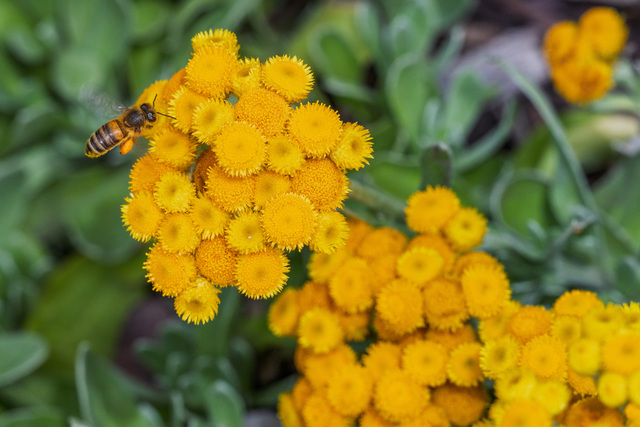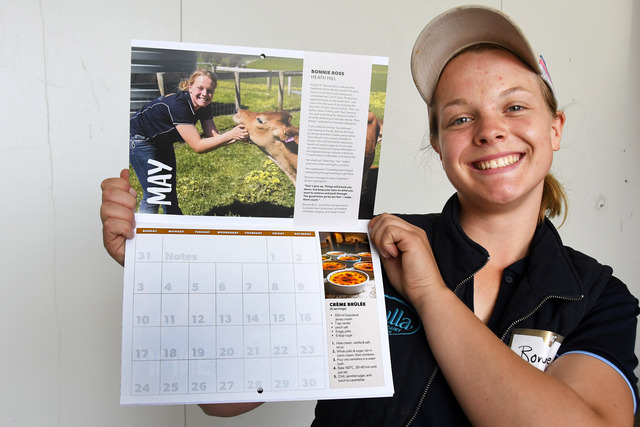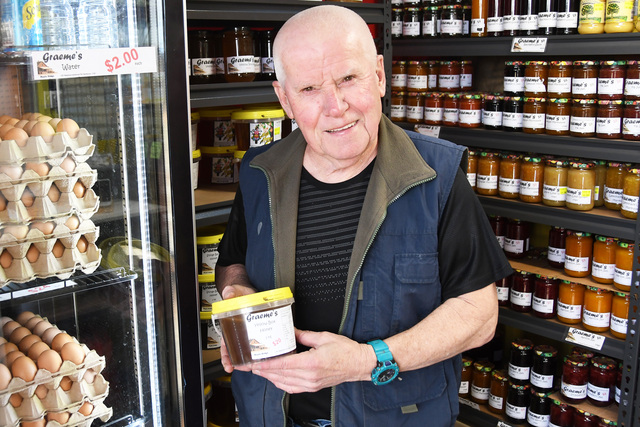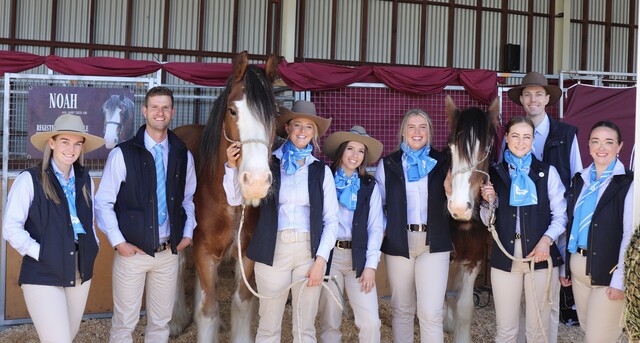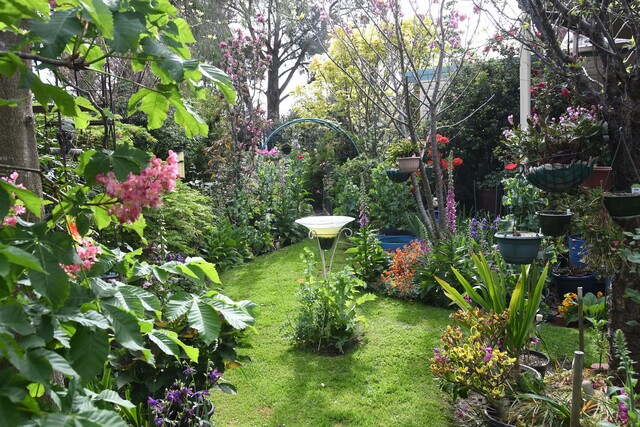The colt, who was in the race before the cup, was “playing up” behind the starting stalls and jockey Stan Aitken dismounted.
A blindfold was put over Gay Jaunt’s head, but he backed away and jumped over the inside rail of the 1200-metre chute, galloped through nearby scrub and out a gate onto the South Gippsland Highway, heading for a clump of trees on the other side of the normally busy road.
He was finally caught by clerk of the course Hayden Malloy.
But wait, there was more, much more, that happened at the Cranbourne racecourse on Cup Day 38 years ago.
There were three protests, but only one was upheld. The main protest was by jockey Mick Mallyon, rider of Cup runner-up Altai Khan, who claimed Alan Wilson, the hoop aboard Foxy, the winner, had caused interference to his mount. It was dismissed, but Wilson reprimanded.
And it was a costly day for Sue Winfield, a 20-year-old TAB clerk, who overpaid a punter by $1000. The punter was entitled to $1286. He gave Winfield, who believed he didn’t realise he was given more, a $5 tip.
MIGHTY Manikato won at his race debut at Cranbourne.
And just 12 months later, the same event was named after the sprinting freak.
Manikato won the Tooradin Two-Year-Old Handicap at Cranbourne on 25 January 1978, and went on to win the Blue Diamond Stakes, the Golden Slipper, the Ascot Vale Stakes and the Caulfield Guineas that year. In 1979, the Cranbourne Turf Club honoured Manikato, by naming the race he first won (by six lengths as a raging favourite) after him.
Manikato, who cost just $3500 as a yearling, recorded 29 wins and 12 placings from his 47 starts, winning from 1000 metres to 1800 metres.
He died in 1983 from a severe attack of colic.
FORTY years ago, Index won back-to-back Cranbourne Cups … and he’s still the only horse to have won more than the one Cup.
Index, the 1970 and 1971 victor, was ridden in both years by Allan McLean. Amazingly, owner Edmond Gorman and trainer Charlie Wilson missed the first Cup win by Index. The pair were at races at Berrigan, where Gorman was the president.
Index, who started from barrier 15, won his first race as a two-year-old at Cranbourne.
After wins at Kyneton and Sandown, Index was the 2/1 favourite when he won his second cup.
McLean started his career as a B Grade rider. He won many races throughout Gippsland.
PAKENHAM played host to the Cranbourne Cup of 1929.
The reason? There was a delay in track work being done at Cranbourne. The distance of the race was reduced to a mile (1609 metres).
The introduction of metric distances and weights in 1972 also resulted in a change – of distance – for the Cranbourne Cup.
IT wasn’t Cup day, but at a Cranbourne meeting in 1976, racegoer Denis Johnson was paid $100 by the turf club after the branch of a tree fell on his car. However, the club said it wasn’t liable.
THERE were two Cranbourne Cups 50 years ago, when the Cup was switched from February to October – a move designed to attract better horses.
Enghien Star, who was ridden in work by 17-year-old Helen Williams, the daughter of trainer Ted Williams, won the first Cup – but did not win another race.
Torrid landed a betting plunge and equalled the race record when he won in October. A month late he won the Bendigo Cup.
ALAN Kirby and his wife made a futile trip from Deniliquin to Cranbourne for the 1967 cup.
The Kirbys owned the dual Australian Cup winner Craftsman, who was topweight in the Cranbourne Cup. But he was scratched from the Epsom training track at 6.30am and the Kirbys knew nothing. Later in the morning, Peace Mission, another Cup runner and part-owned by the Kirbys, was also scratched.
Jockey Frank Reys had better luck than the Kirbys with the 1967 Cranbourne Cup.
Two days before the race, Reys had the mount on Manilardo, but switched to Padtheway as Manilardo was second emergency.
Padtheway, who soon after was fourth in both the Caulfield and Melbourne Cups, won at Cranbourne, while Manilardo gained a start and ran third.
CRANBOURNE didn’t race between 16 October 1941 and 15 March 1947 – for obvious reasons.
The racecourse had been used by the Defence Department and was poorer for wear when it was vacated by them.
The club’s bank overdraft may have been reduced from $907.78 to $249 during this period, but money was needed to repair the course. Much was saved by committeemen doing working bees.
And it was a big committee. When the CTC began post-war on 18 December, 1946, Dandenong publican Kel Ryan headed a committee of 24.

